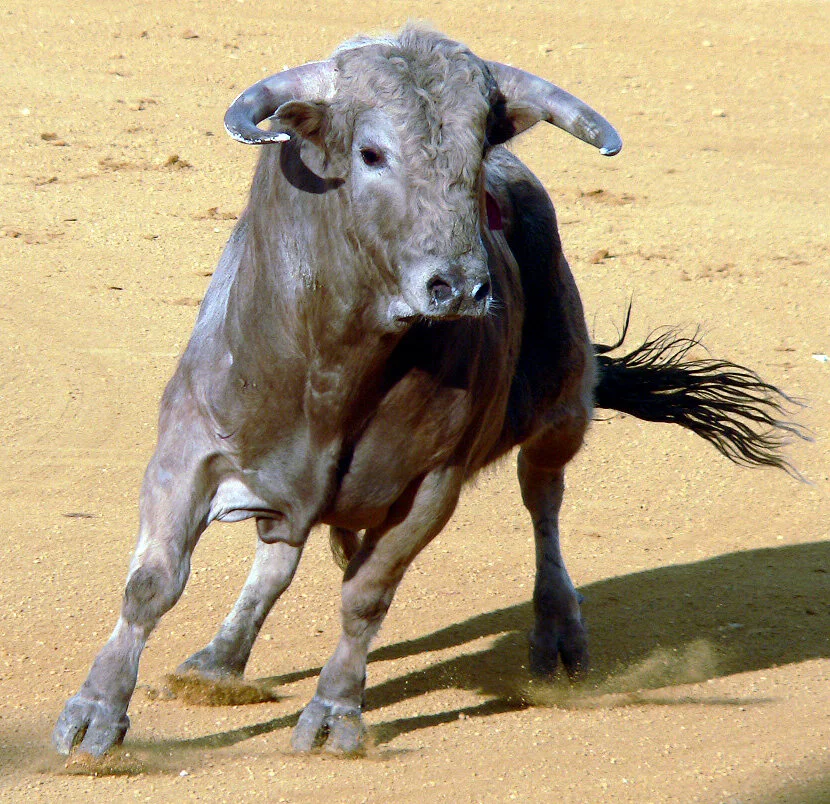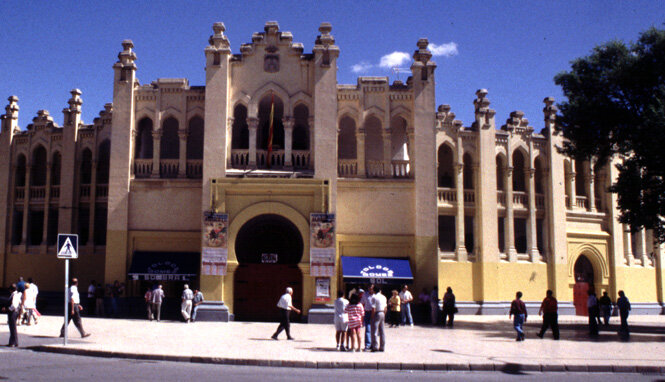Signs of life
After the lack of a meaningful Latin American season due to the spread of coronavirus, signs of some life finally appeared in the mundillo last week with the announcement of the first feria carteles for 2021 at Leganés on the outskirts of Madrid:
Friday April 9th - Novillos de La Quinta para Francisco Montero, El Rafi y Leandro Gutiérrez
Saturday April 10th - Toros de Núñez del Cuvillo para Enrique Ponce, Emilio de Justo y Juan Ortega
Sunday April 11th -Toros de El Parralejo para Javier Cortés y Gonzalo Caballero, mano a mano.
Whether these events will actually happen is anyone’s guess, but at least the will is there to put them on, in this case evidenced by Alberto García of Tauroemoción. “I’m trying to get the temporada off to a start as soon as possible,” he said, “It’s over a year now since bullfights have taken place in the Comunidad de Madrid, but other cultural events have occurred during this time without any problems, and I don’t understand why tauromaquia can’t proceed when it’s been demonstrated it’s not risky.” The empresa’s team has drawn up a dossier of Covid-19 protocols that would apply should the feria’s go-ahead receive the Comunidad’s approval.
“I don’t believe the Comunidad would dare to treat tauromaquia like they did last year, prohibiting all festejos,” García added. “Madrid has held concerts and plays; horse racing has taken place; shopping centres, cinemas and restaurants have been open - it wouldn’t be sensible to ban bullfights from going ahead in a large and well-ventilated plaza and with safety protocols in situ.”
If the Comunidad does give its approval, a key factor will be what size of audience is permitted. Empresas generally have been arguing that at least 50% attendance will be required for an event to be worthwhile putting on.
The mundillo’s ‘Crisis Committee’ also met last week to consider prospects for 2021. They were perhaps less optimistic than Sñr. García, indicating that, in their view, the 2021 temporada will be more similar to 2020’s than to the last ‘normal’ season of 2019. The Committee is hoping - with the assistance of Movistar - to put on a second version of la Gira de Reconstrucción, this time, it is reported, featuring young, up-and-coming matadors rather than figuras.
The Committee, which consists of representatives of empresarios, matadors, subalternos, ganaderos and la Fundación Toro de Lidia, decided to put itself on a permanent footing (so the “crisis” is now “permanent”!) and to “analyse the methods to be adopted for the renewal and reactivation of the taurine sector”.
On this latter point, there was no further detail. Although many commentators hold the view that the sector’s intrinsic weaknesses have been highlighted by the pandemic and things cannot return to how they were and then be expected to remain stable, there is, as yet, no indication that the powers that be are contemplating radical change. And it will be difficult for anyone within the sector to come up with such changes. To give one example, to ensure high levels of bullfight attendance in a post-Covid economy, ticket prices will have to come down, and, in order to achieve this, matadors’ earnings will need to be reduced. But one bullring empresa recently said the only profit-making aspect of his taurine activities was that of managing matadors….
Meanwhile, the prospects for the 2021 temporada are not great. The early ferias of Valdemorillo and Olivenza have been cancelled, along with Las Fallas and Castellón’s La Magdalena, although the empresas of Valencia and Castellón are hoping to put on additional taurine activity later in the year. Sevilla has drawn up plans to run its Feria de Abril over three weekends, rather than as a continuous series, but Plaza 1 has indicated that Madrid’s Las Ventas may not hold bullfights until the summer. The town councils of Málaga and Albacete, which attempted to tender new contracts to run the cities’ bullrings earlier in the year, only to receive no bidders, are currently stymied. A similar situation of uncertainty applies in France: the mayor of Nîmes has expressed a wish for the city’s Pentecost feria to go ahead in May as normal, although at nearby Arles, the traditional Easter feria has been moved back to June. For foreign aficionados, of course, even if corridas do go ahead, there is the additional matter of what rules will apply for travel abroad.
Albacete’s bullring
At least the afición of Madrid and Albacete are now making their views known to the authorities, urging that bullfights be permitted. But bullfighting will not continue to exist with the support of the afición alone. The dangers in all of this are:
(a) that the mundillo will continue to make the same ‘offer’ as before, even though novilladas are unviable (the numbers so few that many novilleros struggle to gain the experience needed to take the step up to matador) and 525 places in Spain ceased holding bullfights between 2007 and 2019; and
(b) a further year with no corridas locally will mean that many habitual spectators will simply get out of that habit and turn their attention elsewhere.
In either instance, bullfighting activity will continue to decline; its ‘new’ life destined to be a short one.

